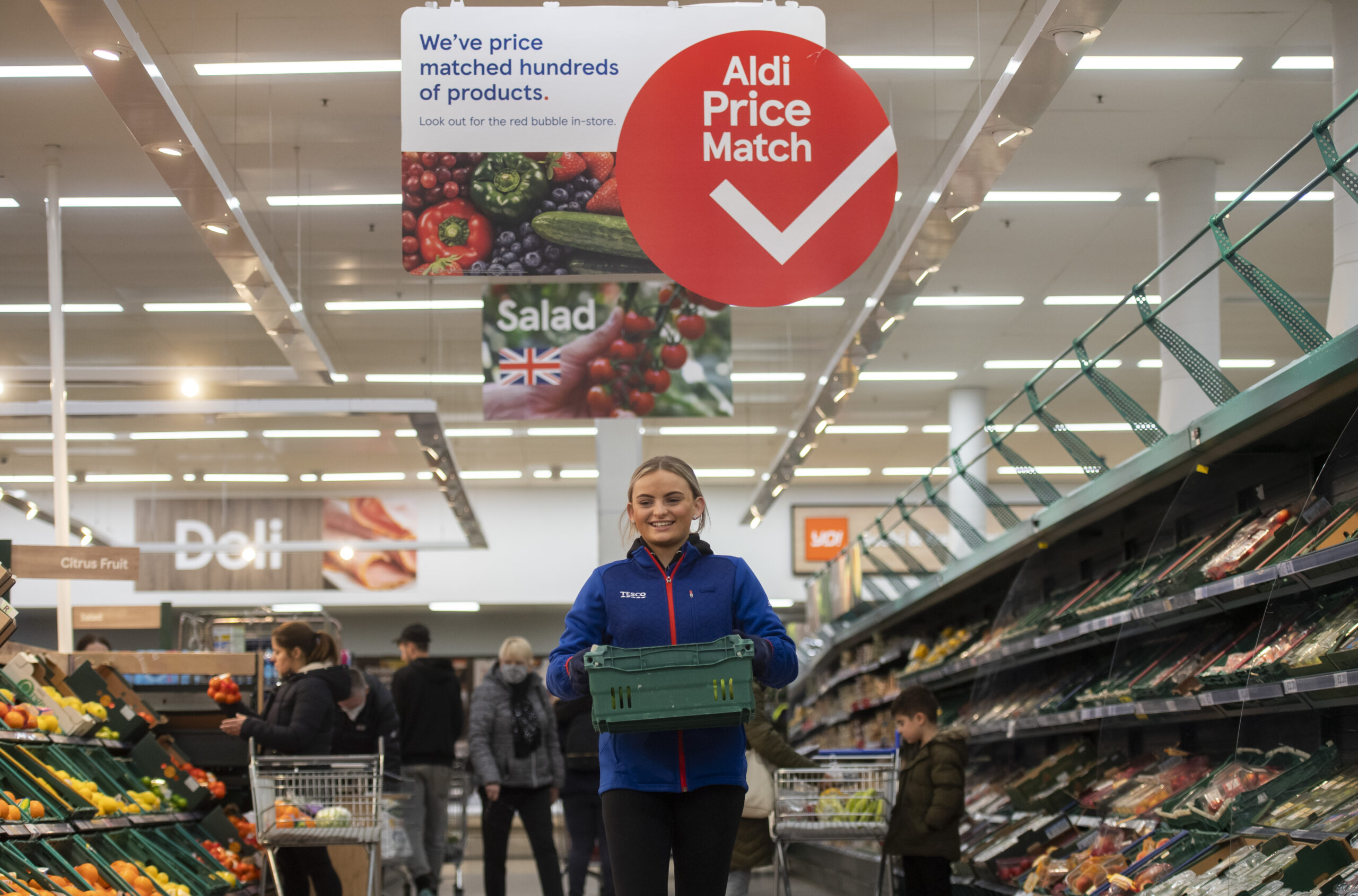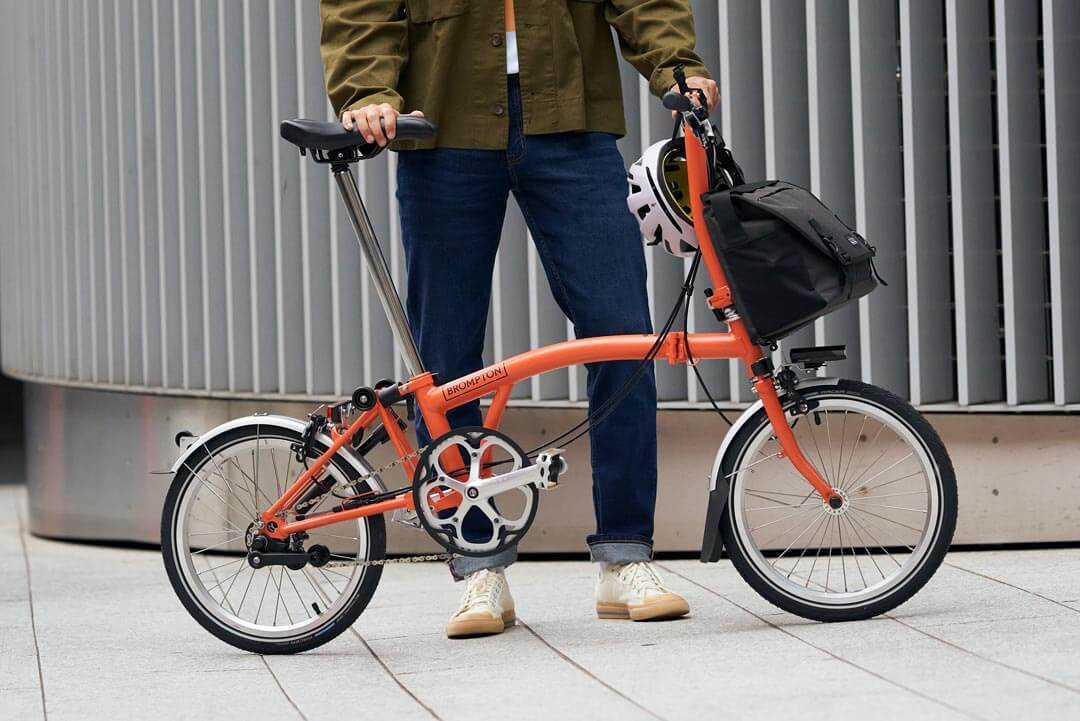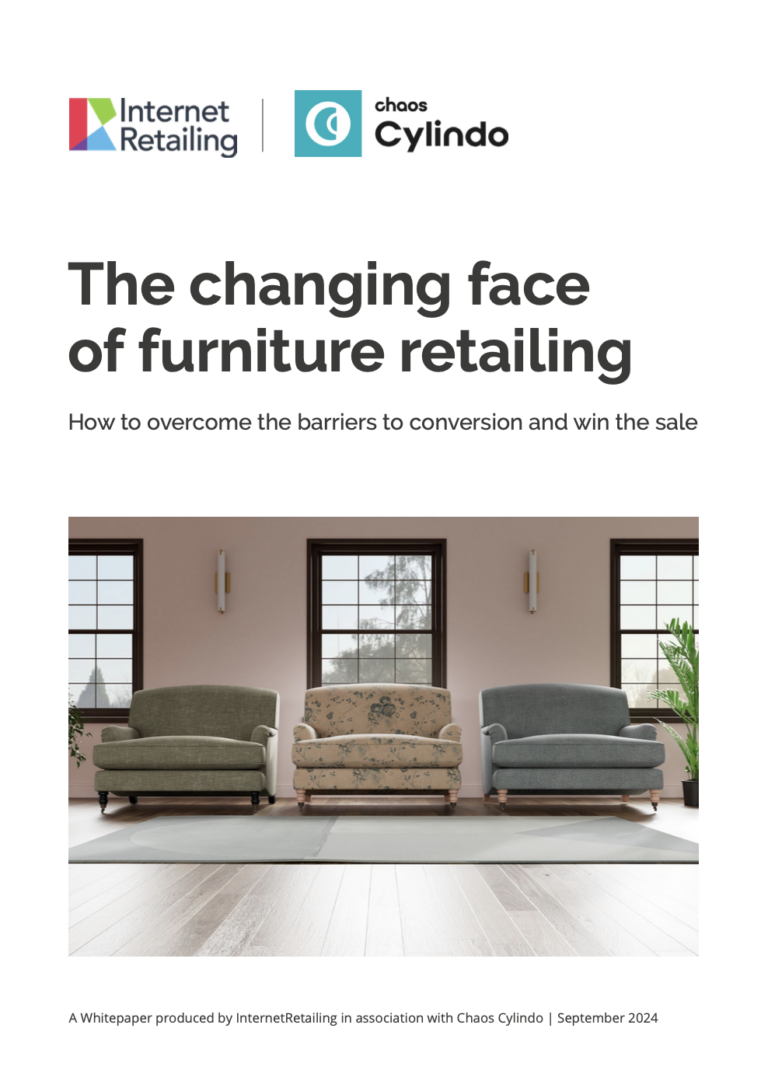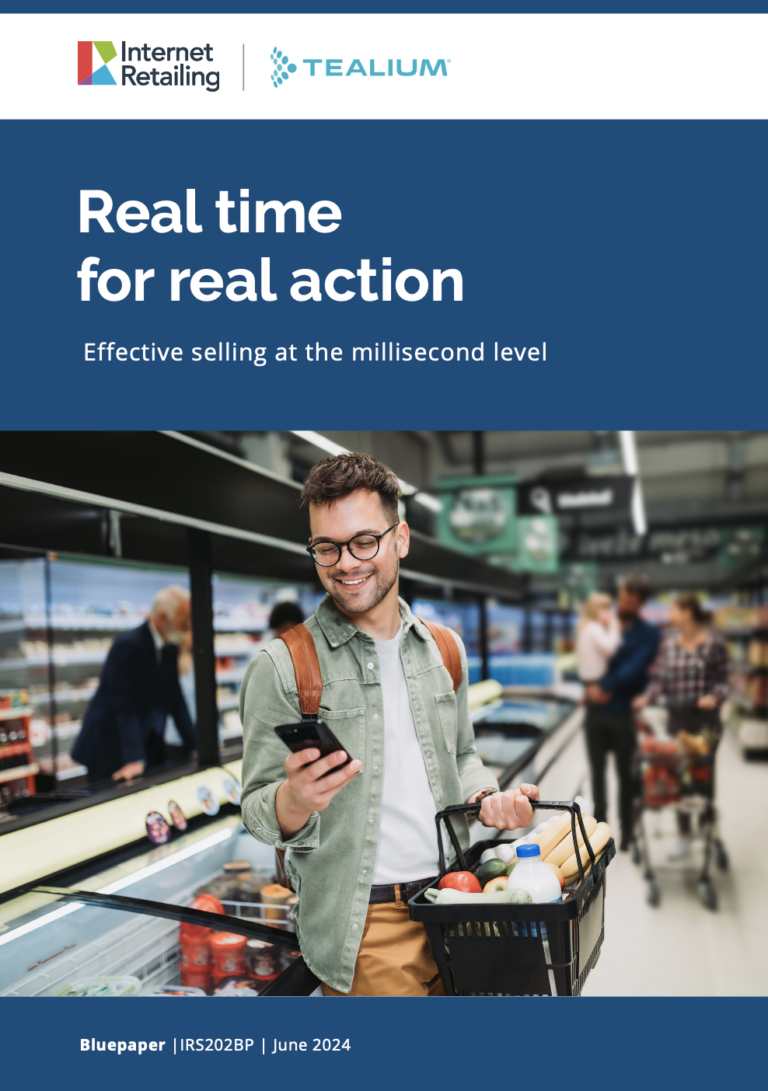Mobile and other innovative technology is allowing consumers around the world unprecedented access to products and making e-commerce global. Consumers are no longer limited to the product selection at their local store or even in their own country; 57% of online respondents in Nielsen’s global survey have made an online purchase in the past six months from an overseas online retailer, compared to 52% in the UK.
The mobile innovations fuelling this trend vary by geography. From faster loading retail apps in India to digital wallet-identification cards in sub-Saharan Africa, the opportunities for retailers to serve new customers in new ways are growing at a rapid pace, and consumers are responding.
As technology adoption and infrastructure improvements bring more consumers online and familiarity and comfort with digital platforms increase, the continued growth of connected commerce is inevitable. The Nielsen Global Connected Commerce Survey polled 13,000 respondents in 26 countries to determine how and why consumers are approaching e-commerce.
Many regions still face significant infrastructure challenges, including low Internet penetration, high access costs and unreliable connections, a challenge that some innovative e-tailers are solving by offering fast-loading mobile apps and sites. Thirty-two percent of online survey respondents say their Internet connection is not stable enough to make them comfortable buying online (even in the UK, this stands at 23%). In these markets, mobile devices have been critical to e-commerce growth, bringing many new and underserved customers online—and their importance will only continue to grow.
India is one country leading the mobile trend. A few online retailers in India have shifted from a mobile-first to a mobile-only strategy. The shift toward mobile shopping is not just happening in emerging markets. In the US, IBM reported that mobile devices accounted for about 57% of all online shopping traffic this past Black Friday, the busiest shopping day of the year in the country, up 15% over the same period in 2014.
“As more consumers turn to mobile devices to shop, a coherent mobile strategy should be a key innovation pillar for retailers,” says Nielsen President of Global Retail Patrick Dodd. “The most successful strategies will be those that optimise and differentiate their mobile experience and improve the integration of their in-store and mobile services specific to the realities in each market.”
Payments shifting
As technology and the retail landscape rapidly evolve, payment practices are also changing. More than half (53%) of respondents globally who say they shopped online during the past six months paid with a traditional credit card (52% in the UK), but 43% used a digital payment system such as PayPal. People in the UK are as likely to have used a digital payment system as a credit card (both 52%).
UK respondents are also much more likely to use a debit card (70%) than the global average (39%).
The use of digital payment systems in China is extremely popular: 86% of Chinese respondents say they paid for some online purchases during the past six months via digital payment systems. This is also the most widely cited option by Western European survey respondents (56%), particularly in Germany (68%).
In India, direct debit and debit cards are common payment methods (61% and 71%, respectively) for online shoppers, but cash on delivery is the most widely used option, cited by 83% of online Indian respondents. In India, the popularity of cash on delivery is driven by a few factors. There is a sizeable group of unbanked consumers in the country, credit card penetration is relatively low, and many consumers with credit cards have security concerns.
“India illustrates that the growth of online shopping isn’t dependent on credit card penetration and development,” says Dodd. “Shoppers prioritise security above all else, and retailers need to collaborate with banks to ensure they’re providing secure and trusted ways to transact online.”
Cash on delivery is a popular e-commerce trend in many other developing markets, including Nigeria (76%), the Philippines (73%), Russia (70%), United Arab Emirates (68%), Saudi Arabia (59%), Colombia (57%) and Thailand (56%). In the UK, usage stands at just 16%.
Cross border
Consumers are increasingly expanding their shopping to online retailers outside their geographic region. Nearly three-quarters of Indian respondents who shopped online in the past six months say they purchased items from an overseas retailer (74%)—a trend that extends beyond the developing world. Roughly two-thirds of Western European respondents say they purchased goods from an overseas retailer, including 79% in Italy—the highest percentage in the study—and 73% in Germany.
“Retail has been one of the last globalization holdouts, but technology is giving consumers access to a world of products that were previously unavailable,” says Dodd. “Choice is greatly enhanced by cross-border e-commerce. In many developing markets, the growing middle class is trading up and demanding greater assortment not found at their domestic retailer. Consequently, these consumers are looking overseas to purchase authentic foreign brands, often at lower prices than they can find in their home country. Meanwhile, developed-market consumers gain access to a range of goods directly from foreign companies at often significant discounts to what they would pay domestically.”









